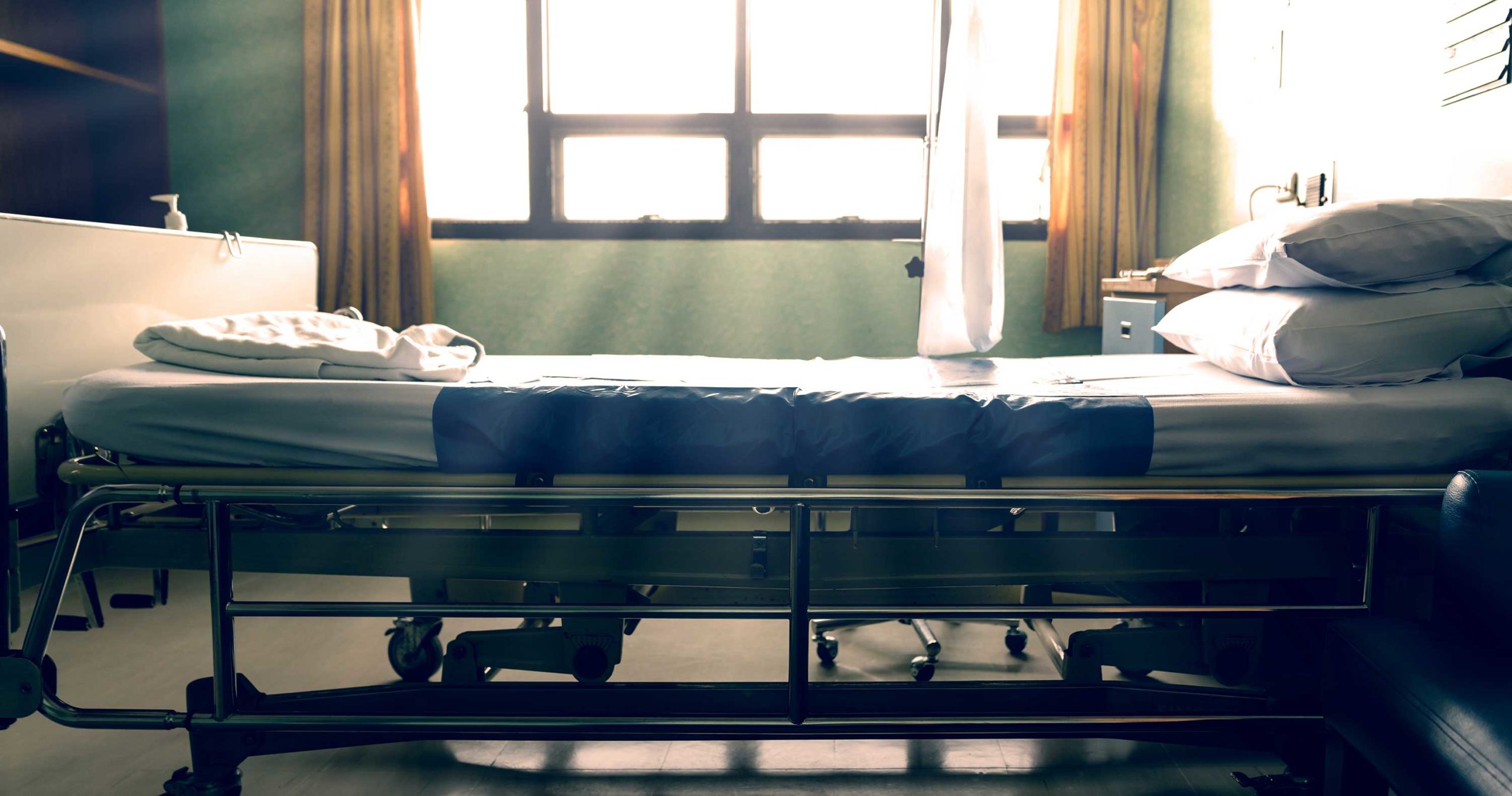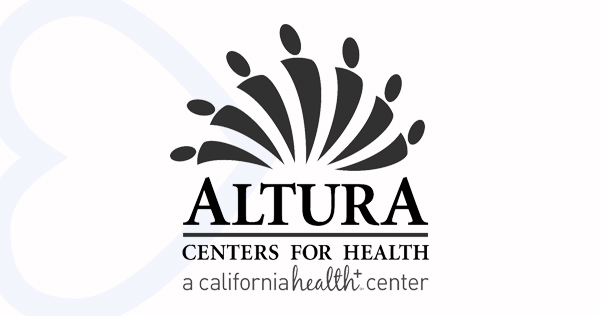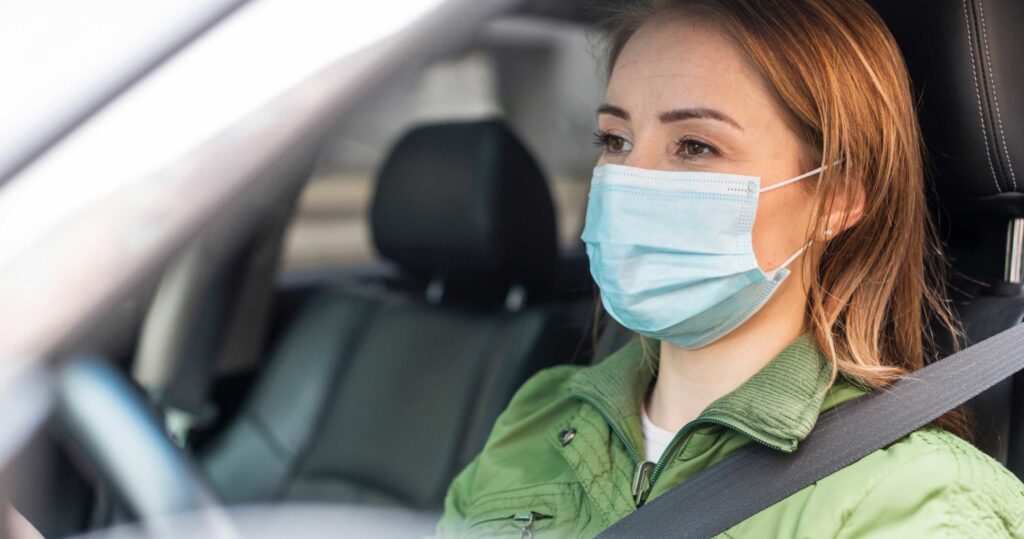
SHARE:
[DISPLAY_ULTIMATE_PLUS]
As I lay on my hardwood living room floor, I pondered whether I was up to the task of sitting up.
My legs and arms felt like bags of sand. Could I safely inch myself into a vertical position while countering my dizziness and the threat of blacking out?
My breathing was shallow. My feet and hands were purple with the cold, even though it was in the high 60s. I aspired to vomiting so the nausea would subside. My brain was a murky soup as my blood pressure plunged to dangerously low levels.
I had ovarian cancer when I was 32. One of the long-term side effects of chemotherapy for me is episodes of very low blood pressure. Whereas a normal blood pressure reading is 120/80, mine has tanked so low as to set records at certain hospitals.
But even in my haze on the floor, I knew I should go to the hospital. I should get a drip. I needed care.
I pictured capable and good-natured doctors and nurses hooking me up to an IV, halting my body’s freefall. But this comforting thought was interrupted by another: the coronavirus. Then I was faced with one unknown, jarring hurdle after another.
Patients like me have questions. A lot of questions
Would the overburdened medics who I had seen in tears on social media have the time to see me at the ER? Or would I be waiting for hours amidst corridor chaos? Would I be distracting them from higher-priority patients? Would the hospital be teeming with people who might have COVID-19 like I saw on the news? Was the entrance to the ER the same? How could I lie across the seats in the waiting area if there were traces of the virus?
And if I got COVID-19, would I survive it? What if I passed it on to my 72-year old mom?
Nope. I was not going in. I’ve had bad episodes like this before. And I always (and eventually) pulled through without permanent physical damage.
In my mind, this was the responsible choice. Going to the hospital was the risky one.
The disastrous results of delayed care
I was far from alone in delaying or even forgoing necessary medical attention.
Nearly a third of American adults (29 percent) say that they have delayed or avoided medical care because they are concerned about contracting COVID-19, according to an April 2020 poll from the American College of Emergency Physicians. Providers didn’t need a poll to tell them that. They have seen patient volumes at emergency rooms drop by 40 to 50 percent nationwide.
While injuries from traffic accidents may have declined due to stay-at-home orders, heart attacks and strokes likely haven’t.
“People are in this fear mode,” said Dr. John Harold, a cardiologist at Cedars-Sinai Medical Center in Los Angeles and board president of the Los Angeles chapter of the American Heart Association, in an interview with Kaiser Health News.
Many of these patients who aren’t seeking timely care — whether for crisis situations or chronic conditions — are ending up with exacerbated and complicated injuries and illnesses, or in the worst cases, dying at home.
With millions of patients delaying care, coupled with the postponement of months’ worth of elective surgeries, services, and office visits, the financial fallout on healthcare organizations has been described in terms usually reserved for summer action movies: “apocalyptic,” “carnage,” “bloodbath.”
Don’t start with “dear patient”
So how can healthcare systems convince patients to seek in-person medical attention for non-covid related care?
In my case, I just needed personalized reassurance from my health system that it was safe to return. A generic web page or email wasn’t going to cut it.
From early March until mid-April, I didn’t receive any proactive calls or texts from my providers. But I did get nearly a dozen emails. They were sent from “healthcaresystem.org,” as opposed to the doctors and nurses I’ve seen for a decade — the people I like, respect, and trust.
Proactive outreach from my providers would have increased my confidence in their ability to safely take care of me. But the no-name, generic emails that said “our emergency rooms are safe” and “we’re taking extra precautions” while skimping on the details didn’t convince me.
So that afternoon when I lay on the floor and weighed up the concrete images of the hospital horror I’d seen online versus some vague email language, it was easy for my fear of a swamped, understaffed hospital to win out.
But, what would have convinced me?
Where are all of the patients?
When I drove past my healthcare system two weeks after the incident, I was stunned. The first thing that struck me was all the empty parking places. I had never seen this.
I saw several masked-staff in scrubs and white coats dotting the hospital curbs, eager to see who was pulling up and who needed help. Outside the ER, I spotted tents billowing in the wind with numerous staff standing idly by.
I didn’t see any indication of patients. This was the exact opposite of what I had envisioned.
All I could think was, Why didn’t they show me this? Why did they send me abstract assurances of new protocols when they could have sent me photos of these calm, controlled scenes? Scenes that screamed, “We’ve got this. You’re safe.” I would have believed those images. And I think other patients might have, too.
The drive-by made me appreciate even more how hard my healthcare system was working to help its patients during this pandemic.
Not only were they risking their lives to take care of us, but also they were putting in extra hours to do everything from erecting new facilities and adapting current ones to repeatedly cleaning armrests in the waiting room.
What frustrated me was the disconnect between all their effort and how little I really knew about it.
What patients need to hear from you
Of course, many healthcare organizations have put together useful information on how non-covid patients should seek care. Most have informational pages and FAQs on their web sites. Some have set up hotlines. Others have issued press releases and PSAs like this video featuring ER doctors from across Boston’s hospitals to spread their messages of, “Don’t delay!”
But the generic PSAs do little for the individual patient — especially when contrasted with the startling headlines and images we see on the news and in our social media feeds.
We need concrete and compelling communication delivered in a personal way.
For example, my health system could have sent me a link to a map of my hospital that marked where there would be staff at the curb to guide me. They could have texted me about the separate entrances and areas for COVID-19 patients and the new check-in tents. They could have sent me and their other chronic care patients information about how we could safely access care during the pandemic.
All of these would have answered some of my worrisome questions and provided the reassurance I so desperately needed. Maybe then I would have concluded that staying on the floor — not going to the hospital — was the dangerous choice. ♥


